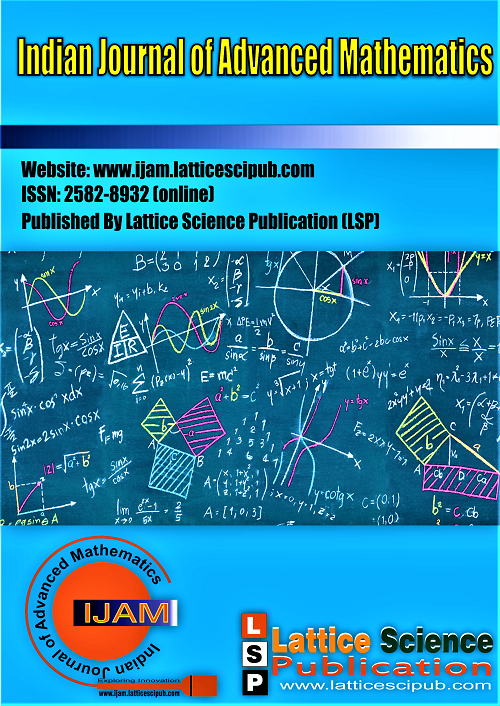An Elementary Procedure in the Proof of Fermat's Last Theorem
Main Article Content
Abstract
Pierre de Fermat first stated, around 1637, that for any integer n > 2, the equation an + bn = cn has no positive integer solutions, and he wrote the theorem in the margin of a copy of Arithmetica. His proof is available only for the equation a 4 + b 4 = c 4 for the exponent n = 4. Subsequently, Euler proved the theorem in the equation a 3 + b 3 = c 3 for the exponent n = 3. Taking the above two proofs of Fermat and Euler, it would suffice to prove the theorem for n = p, where p is any prime > 3. In this proof, we hypothesize all r, s and t as positive integerssatisfying the equation rp + sp = tp and establish a contradiction. We use another auxiliary equation, x 3 + y 3 = z 3 , and combine the two equations using transformation equations. Solving the transformation equations, we establish a contradiction, thereby proving the theorem.
Downloads
Article Details

This work is licensed under a Creative Commons Attribution-NonCommercial-NoDerivatives 4.0 International License.
How to Cite
References
Hardy G. H. and Wright E. M., An introduction to the theory of numbers, 6th ed. Oxford University Press, 2008, pp. 261-586.
DOI: https://dx.doi.org/10.1080/00107510903084414, works remain significant, see declaration
Lawrence C. Washington, Elliptic Curves, Number Theory and Cryptography, 2nd ed. 2003, pp. 445-448. DOI: https://doi.org/10.1201/9781420071474, works remain significant, see declaration
Andrew Wiles, Modular Elliptic Curves and Fermat's Last Theorem, Annals of Mathematics, 1995; 141(3); pp.443-551.DOI: https://doi.org/10.2307/2118559, works remain significant, see declaration
13 Lectures on Fermat's Last Theorem by Paulo Ribenboim, Publisher: Springer, New York, initially published in 1979, page 159.
DOI: https://doi.org/10.1007/978-1-4684-9342-9, works remain significant, see declaration





